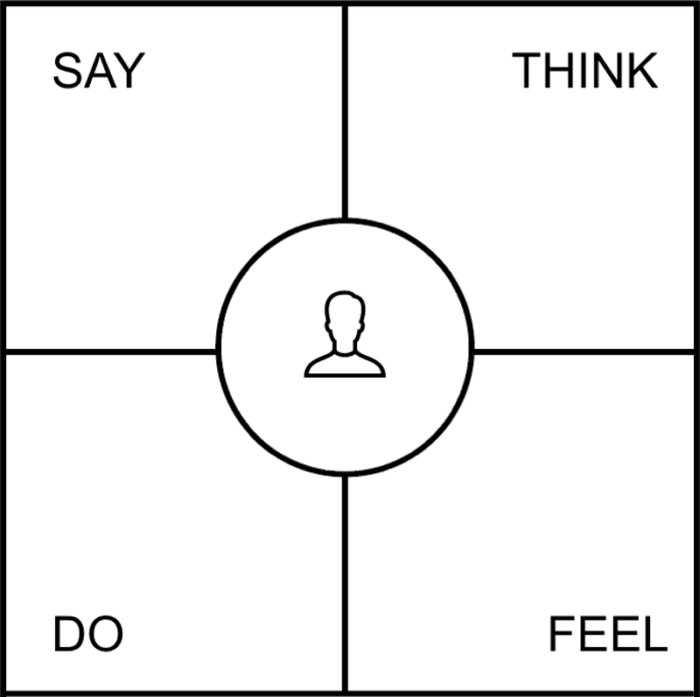What is the Sprint About?¶
The term One health refers to a unified concept of preventive and public health approaches that integrate human health, animal health, plant health and planetary health in one framework. An example of One Health is antimicrobial resistance. Antimicrobial resistance occurs among animals including domestic pets and farm animals, so this condition is attended to by farmers and veterinarians. Antimicrobial resistance is also a major problem in infectious diseases among hospitalised patients with respiratory illnesses such as pneumonia and tuberculosis, so it is a problem that involves humans, in particular doctors and nurses who are for patients with pneumonia and other infectious diseases. However, while there is evidence that overprescription and inappropriate prescription of antimicrobials is one of the causes of emergence of antimicrobial resistance, this also occurs in feed lots, and overuse of antibiotics in farms and spillover in wastewater and other water sources. Therefore, only focusing on antimicrobial stewardship is insufficient to address this community problem. Therefore a joint, inter- and trans-disciplinary approach integrating the medical, nursing, veterinary, and farm community is important.
Even though it is intuitive that a joint trans- and multidisciplinary approach is necessary this is easier said than done. This is where an innovation sprint to bring together various players is useful. This is best conducted in a setting where practitioners from different disciplines gather together in one place. We will host this in MedInfo2023.
We will organise an innovation sprint, which implies that the participants will identify an area of work where they will work either alone or together with partners to develop an innovative approach to solve a tricky problem. The problem that we have identified in this case is how to design an effective and efficient surveillance system that focuses on One Health. In this innovation sprint, we will follow the format of Google Sprint. At the end of this workshop, so participants will design a telehealth-based disease surveillance system for one health surveillance. Typically innovation sprints take about a week to develop, here we will speed up the process to identify the core issues, then narrow down to one or two key concepts related to one health and Telehealth, and then we will seek possible approaches and iteratively narrow down to one or two solutions. We will end the sprint with formation of a group of people who might then go ahead to work on the solutions.
Venue and Time¶
At the Medinfo (see the most updated list here, https://medinfo2023.org/wp-content/uploads/2023/06/medinfo-program-final-26.6.23.pdf), we will organise the sprint as follows:
- Session Number 304
- Room number C4.4
- Date and Time: 10th July, 2023, 11:00 AM - 11:50 AM
- Facilitators: Arindam Basu, Anandhi Ramachandran, Najeeb Al-Shorbaji
Plan of action or the workshop time will be as follows:¶
0:00 - 10:00 Introduce the team and purpose, Anandhi, Najeeb, and Arindam
and icebreakers with the participants, debrief the attendees about one health concepts (human health, animal
health, planetary health as one aspect of health) and telehealth
(delivery of preventive and curative health services when providers
and patients are separated over distance) and the challenge
10:00 - 15:00 Identify as many potential challenges of one health and
telehealth (write down as many challenges you can think of health care
issues that can be related to one health concepts just introduced, and
also what challenges can be overcome with use of telehealth. As many
ideas as possible, posted on post-it notes around the room)
15:00 - 20:00 minutes: Every one moves around the room and narrows down to ONE challenge to crack (this
could be for instance one challenge per team if we have many
participants, or could be one challenge per person)
20:00-30:00 minutes: Map the solution: Here, all participants either solo or in groups will
create an empathy map. An empathy map is a diagram that has four quadrants (see If you want to see an
example of empathy map, see this =>
https://xd.adobe.com/ideas/wp-content/uploads/2018/02/10-tips-1-e1517858457969.png) where

In this empathy map, the participants will add post it stickers or write four entities:
- What do they SAY or ARTICULATE about the main issue facing the One health situation — what seem to be the most challenging thing that they can articulate? Can they experience or see the role of problems unifying animal health, plant health, planetary health?
- What do they THINK about the main issue? What is their OPINION?
- What can they DO about it? What steps do they think are important, whether they seem pragmatic or not
- How do they FEEL about it?
Instructions:
Go around the room, ask each
other what seems to be most important pain point for them in the
problems and challenges for One Health (floods, storm damage, climate
change disasters, heat waves, health issues, viral outbreaks that
separate the doctor from the patient, technology challenges,
financing, we will distribute a four quadrant map where the user will
be in the centre and four quadrants will be what the user says,
thinks, does, and feels about the problem. Teams interview each other
of users or participants in the room will choose to interview one
other person and design this empathy map.
30:00 - 40:00 minute: Teams and individuals will come up with at least FIVE ideas each to solve how might we use telehealth to build one health based surveillance for the identified problems (examples: antimicrobial resistance, new infectious diseases)
40:00-50:00 minutes: The participants or the groups discuss if they
can bring it down to ONE solution that they think are feasible and practical and end the session
Resources we need for this sprint:¶
- Butcher papers
- A4 sheets
- Pens, crayons,
- Post-it notes or sticky notes
- Room/space walls where to stick them
- An overhead projector to keep track of time and show instructions
- A sample timer: https://cuckoo.team
Please fill in this form either before or after the event